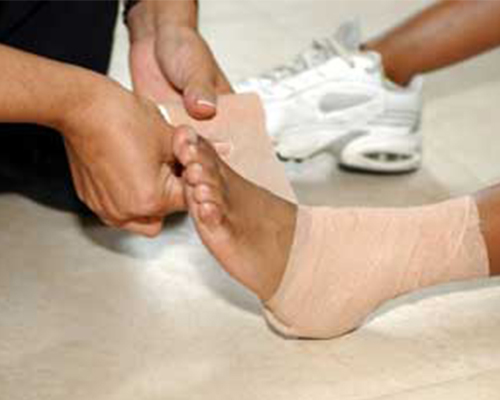What are the steps you can take to ensure that your gymnasts stay injury free? What can be more important? After all, if your student is injured, nothing else is happening. Your students aren’t advancing their skills, they aren’t building stamina or expanding their creativity. It is vital that they stay healthy and injury-free so they can continue to participate.
How do you create a zero injury tolerance training program for gymnasts?
Eliminate Unnecessary Drills That Pound Gymnasts’ Bodies – Many gyms perform huge numbers of repetitions of unnecessary drills that do not teach new skills or create significant progress, but put significant stress on gymnasts’ bodies. Only steps of progression that actually make progress are worth putting stress on gymnasts’ bodies.
Evaluate and Reevaluate – Make sure you have a policy in place for regularly evaluating the gym for safety and safety practices. Any potentially unsafe situation or near accident should raise a red flag for reevaluation and retraining of all staff to avoid any possibility of a repeat situation.
Follow a Proper Skill Progression – Even with the safety margin of error of the pit, coaches should carefully follow proper skill progression and have gymnasts master each step of progression for safe progress.
Make Sure Vault Runway is Padded – For training purposes, there should be extra thick padding on the vault runway to save gymnast’s legs from the repetitive stress of vault training.
Perform Skills in Pits – Every possible skill should be first learned and completely mastered technically and for consistency in a pit before being taken to harder surfaces. This gives the highest possible margin of error for avoiding injury.
Puts Mats Wherever Falls Could Occur – There can never be too many mats. The rule for mats should always be – wherever a gymnast might possibly fly or fall, there should be a safe, soft mat there.
Take Advantage of Weight Training – Weight training strengthens ligaments and tendons. Regardless of any coach’s beliefs about the use of weight training for gymnastics strength, weight training should be used to strengthen ligaments and tendons and potentially prevent gymnastics injuries.
Use a Tumble Trac and Rod Floor – For tumbling training, the use of a Tumble Trac and rod floor protects gymnasts from too much pounding on their bones, muscles, ligaments and tendons.
Use of Proper Equipment Progression – The use of proper equipment progression on every event, like the beam equipment progression from foam floor beams to high beams.
Use the Trampoline Daily – The daily use of trampoline is not only the most efficient method of performing skill repetitions and gaining air awareness, but it also allows the training of high numbers of repetitions of high difficulty tumbling skills without significant pounding and repetitive stress on the body.
A Zero Gymnastics Injuries Program is a Great One to Put in Place
It is possible to have a successful zero injury safety strategy and to show your students/athletes that this is what you strive for. After all, every gymnast deserves to learn in the safest possible gymnastics program.
We learned this information from GymnasticsZone: An awesome site that provides useful information, products and services to all of the various groups involved in the sport of gymnastics.






